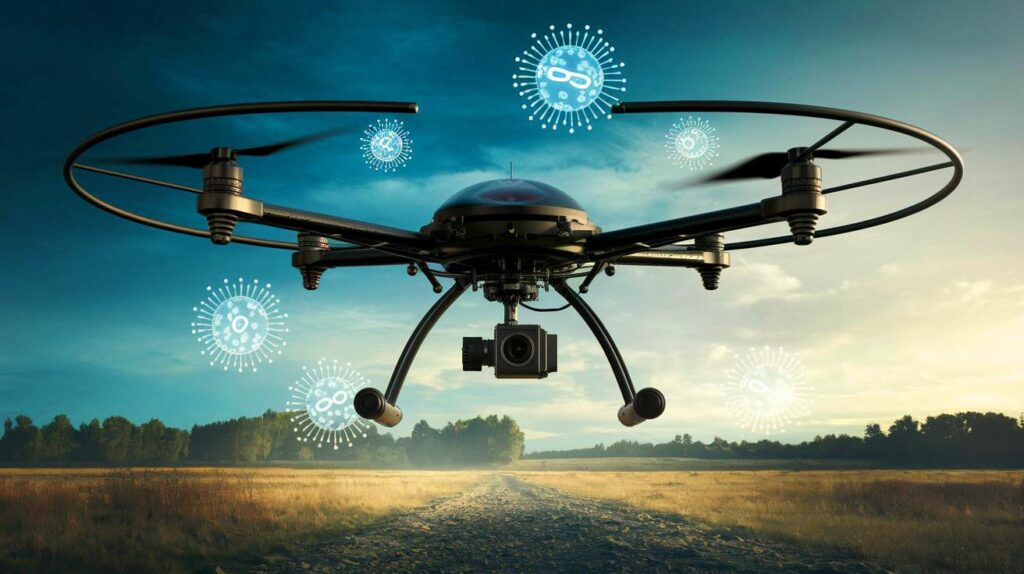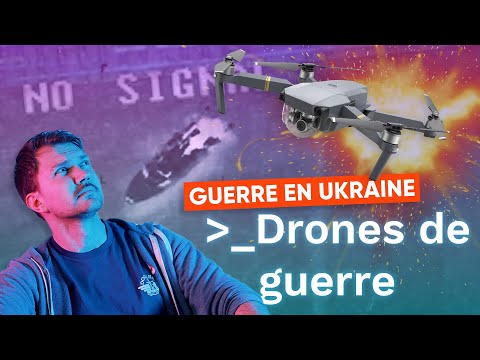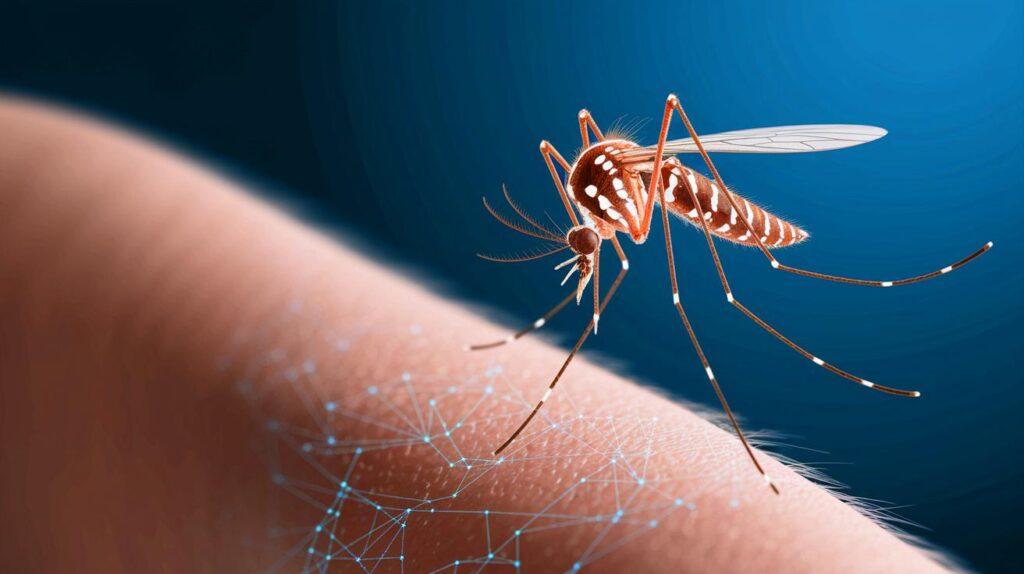| In Brief |
|
The war between Ukraine and Russia has increasingly taken on a technological dimension. Advances in drone technology have enabled Ukraine to develop innovative cyberwarfare strategies. These devices are no longer limited to physically attacking enemy positions; they now incorporate malware capable of compromising adversarial systems. Ukrainian drones have become double-edged weapons, capable of inflicting considerable damage both on the battlefield and in cyberspace.
The Technological War: A New Dimension of Conflict
Since the onset of the conflict, technology has played a central role in Ukraine’s military strategy. Drones have become essential tools for conducting reconnaissance and targeted strikes while minimizing human losses. The development of drones equipped with malware marks a crucial step in the technological war between the two countries. Indeed, these devices can hack into enemy systems, thereby opening a new front in cyberwarfare.
The ability to integrate malware into drones allows Ukraine to undermine Russian defenses. According to Forbes, the strategy aims to sabotage enemy machinery in the event of capture, disrupting Russian operations. This turning point in the use of drones illustrates the growing importance of advanced technologies in modern conflicts, where each side strives to gain the upper hand through innovative means.
Malware: A Formidable Weapon
The malware integrated into Ukrainian drones is designed to inflict significant damage on enemy infrastructure. For instance, they can burn USB ports on Russian drones or prevent system reformatting. These attacks are not limited to material damage but also aim to slow down updates of Russian anti-drone technologies, thereby prolonging the effectiveness of Ukrainian drones. Furthermore, by remotely reactivating a captured drone, they can expose the geographic location of enemy operators.
This innovative approach demonstrates Ukraine’s ability to leverage its technological expertise to maintain a strategic advantage. On the other hand, the Russian forces face a considerable challenge: neutralizing these threats while continuing to develop their own defensive capabilities. This arms race in cyber capabilities underscores the significance of mastering advanced technologies in contemporary conflicts.
The Ukrainian Technology Sector: A Major Asset
Prior to the invasion in 2022, Ukraine already had a dynamic and thriving technology sector. The country boasted numerous engineers and cybersecurity specialists, an advantage that Kyiv has capitalized on in the current conflict. The development of malware for drones is part of this tradition of innovation, providing Ukraine with a competitive edge over its adversaries.
The resilience and creativity of Ukrainian developers have enabled the deployment of effective technological solutions without requiring additional human resources. By integrating malware into their drones, Ukrainians have found a way to amplify the impact of their attacks while minimizing risks to their own troops. This strategy demonstrates how a pool of talent can be decisive in a war where technology plays an increasingly pivotal role.
The Strategic Implications of Cyberwarfare
Cyberwarfare represents a crucial dimension of the conflict between Ukraine and Russia. Drones equipped with malware offer new possibilities to disrupt enemy operations without direct confrontation. This approach could prove decisive in a context where the military situation is stalemated. The drone war may help break the deadlock on the ground, providing Ukraine with a means to resist against a numerically superior opponent.
Moreover, this cyberwarfare strategy raises questions about the future of armed conflicts. Mastering cutting-edge technologies has become a vital issue, and those who can innovate quickly may gain the upper hand on the battlefield. The cyberwarfare operations conducted by Ukraine could redefine the rules of modern warfare, encouraging other nations to follow suit.
The war in Ukraine serves as a reminder of how central technology has become in contemporary conflicts. Ukrainian drones, capable of carrying malware, signify a significant evolution in the art of war. However, this innovation raises questions about the future of conflicts: how will nations prepare for these new digital threats, and what will be the next steps in this relentless technological race?








